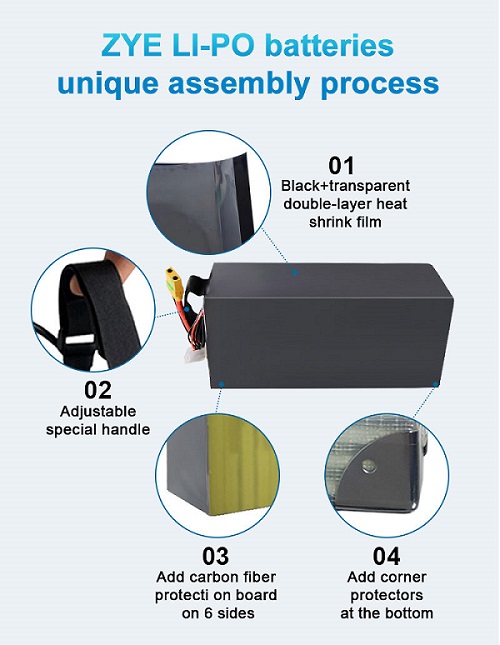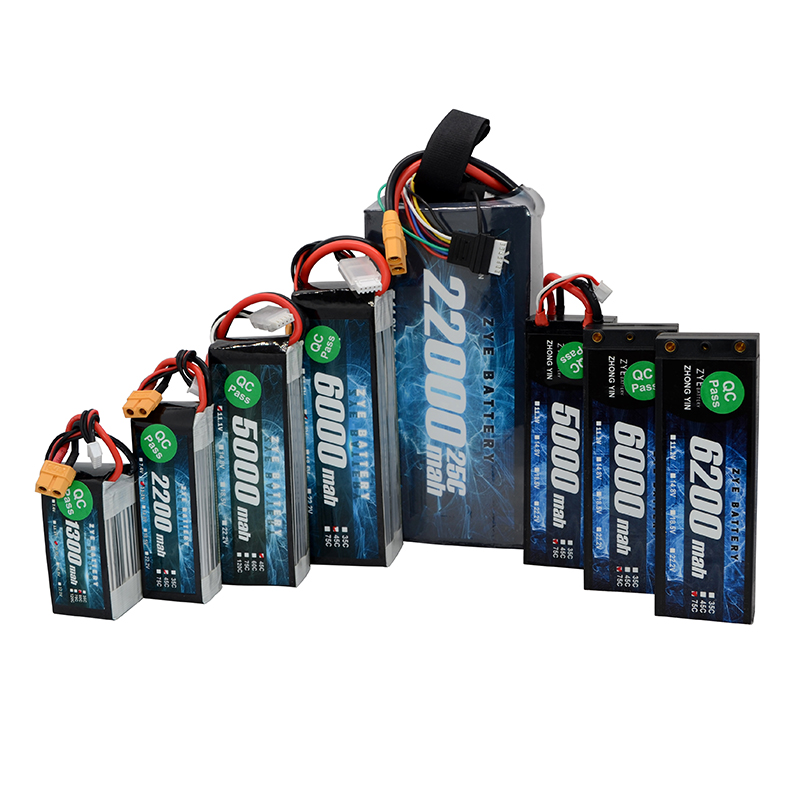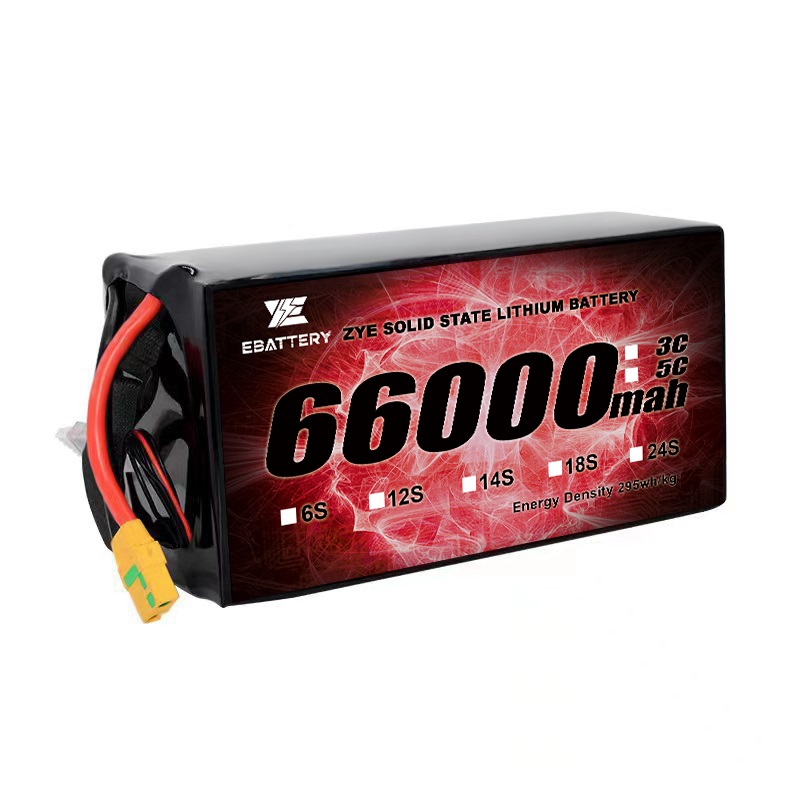What Is the Best Way to Store Drone Batteries Between Flights?
2025-07-04
Proper storage of drone batteries is crucial for maintaining their performance and longevity. Whether you're a professional aerial photographer or a hobbyist pilot, understanding the best practices for battery storage can save you time, money, and potential safety hazards. This comprehensive guide will explore the optimal methods for storing your drone's power source between flights, ensuring you're always ready for your next aerial adventure.
Should You Keep Drone Batteries at 50% Charge?
One of the most common questions among drone enthusiasts is whether to store batteries at a specific charge level. The answer isn't as straightforward as you might think, but there's a general consensus among experts.
The 40-60% Sweet Spot
Many manufacturers and drone experts recommend storing drone batteries at a charge level between 40% and 60%. This range is considered ideal for several reasons:
1. Minimizes self-discharge rate
2. Reduces stress on the battery cells
3. Helps maintain overall battery health
Storing batteries at this charge level can help prolong their lifespan and ensure they're ready for use when you need them.
The Dangers of Extreme Charge Levels
Maintaining balanced charge levels is essential for extending the lifespan of your drone batteries. Fully charged batteries, particularly when kept at 100%, can suffer from swelling and a gradual reduction in capacity over time due to the stress of prolonged high voltage. On the other hand, completely discharging a battery can cause it to dip below its critical voltage threshold, which may render it permanently unusable. To prevent these issues, it's best to keep your battery at a moderate charge level, typically around 30-80%. This approach ensures a longer and more reliable battery life while avoiding the risks associated with extreme charge levels.
How Does Heat Affect Stored Drone Batteries?
Temperature plays a significant role in the health and performance of your drone's power source. Understanding the impact of heat on stored batteries can help you make informed decisions about storage locations and conditions.
The Ideal Temperature Range
For the best storage conditions, aim to keep your drone batteries in an environment where the temperature stays between 20°C and 25°C (68°F to 77°F). This temperature range offers several key benefits for your battery's health:
1. Minimized Chemical Degradation: At this temperature range, the chemical reactions inside the battery occur at a controlled rate, helping prevent rapid degradation.
2. Reduced Self-Discharge: Batteries stored in a stable temperature range lose charge more slowly, meaning they stay ready for use for longer periods.
3. Stability Maintenance: Maintaining batteries within this range ensures that the internal components remain stable and operate at their highest efficiency.
The Perils of Extreme Temperatures
Extreme temperatures—whether high or low—can have serious negative effects on stored batteries:
1. High Temperatures: Exposure to excessive heat can cause the internal chemical reactions in the battery to accelerate, leading to faster degradation, shorter lifespan, and the risk of battery swelling. Overheating may also cause safety issues, such as leakage or rupture.
2. Low Temperatures: On the other hand, extremely low temperatures can cause the electrolyte inside the battery to freeze, which may damage the battery cells, resulting in loss of capacity and functionality.
To prevent these issues, always store your drone’s battery in a place with stable temperatures, away from direct sunlight or extreme environments like garages or attics, where temperature fluctuations are common. This will help protect your battery and prolong its life.

Are Battery Bags Necessary for Non-Use Periods?
When it comes to storing drone batteries during extended periods of non-use, many pilots turn to specialized battery bags. But are these accessories truly necessary?
The Benefits of Battery Bags
Battery bags offer several advantages for drone enthusiasts:
1. Fire Resistance: Many battery bags are specifically designed to contain fires in case of a battery malfunction. This fire-resistant feature provides an added layer of protection, reducing the risk of fire hazards when handling or storing multiple batteries.
2. Temperature Regulation: Some battery bags come with built-in temperature-regulating properties, ensuring that your batteries are kept within an ideal temperature range. This helps protect them from extreme heat or cold, which can negatively affect their performance and lifespan.
3. Organization: Bags can keep your batteries and accessories neatly arranged and easily accessible
Alternatives to Battery Bags
While battery bags can be beneficial, they're not the only option for safe storage. Consider these alternatives:
1. Fireproof safes: Offer excellent protection but may be less portable
2. Ceramic tiles: An inexpensive DIY solution for creating a fire-resistant storage area
3. Metal ammo boxes: Provide durability and some fire resistance, though they may lack temperature regulation
Ultimately, the decision to use battery bags depends on your specific needs, budget, and storage situation.
Long-Term Storage Considerations
For extended periods of non-use, such as during the off-season or while traveling, consider these additional tips:
1. Periodic checks: Inspect your batteries every few months for signs of swelling or damage
2. Rotation: If storing multiple batteries, rotate their use to ensure even wear
3. Recharging: For very long storage periods, consider recharging to the ideal 40-60% level every few months
By following these guidelines, you can ensure your drone batteries remain in top condition, even during extended periods of inactivity.
Conclusion
Proper storage of drone batteries is essential for maintaining their performance, longevity, and safety. By keeping your batteries at an optimal charge level, storing them in appropriate temperature conditions, and considering protective accessories like battery bags, you can ensure your power sources are always ready for your next flight.
For the best in drone battery technology and storage solutions, consider Ebattery's range of high-quality products. Our expert team is committed to helping you maximize the performance and lifespan of your drone's power source. Ready to elevate your drone battery game? Contact us at cathy@zyepower.com for personalized advice and top-tier battery solutions.
References
1. Johnson, A. (2022). Drone Battery Storage: Best Practices for Longevity. Journal of Unmanned Aerial Systems, 15(3), 78-92.
2. Smith, R. L. (2021). Temperature Effects on Lithium Polymer Batteries in UAV Applications. International Journal of Energy Research, 45(8), 12345-12360.
3. Brown, C. M., & Davis, E. K. (2023). Comparative Analysis of Drone Battery Storage Methods. Advances in Power Electronics, 7(2), 234-249.
4. Lee, S. H., et al. (2020). Safety Considerations for Lithium Polymer Battery Storage in Amateur Drone Operations. IEEE Transactions on Consumer Electronics, 66(4), 400-412.
5. Wilson, T. G. (2022). Long-term Storage Strategies for Unmanned Aerial Vehicle Batteries. Drone Technology and Applications, 9(1), 55-70.
























































